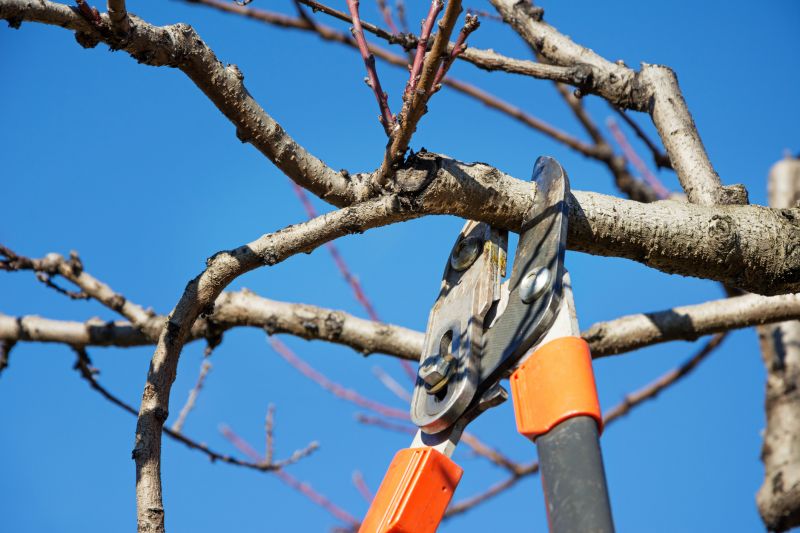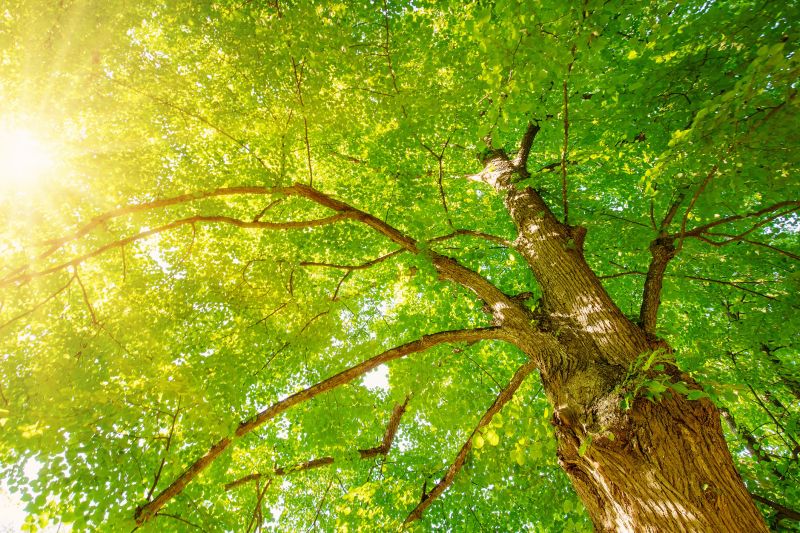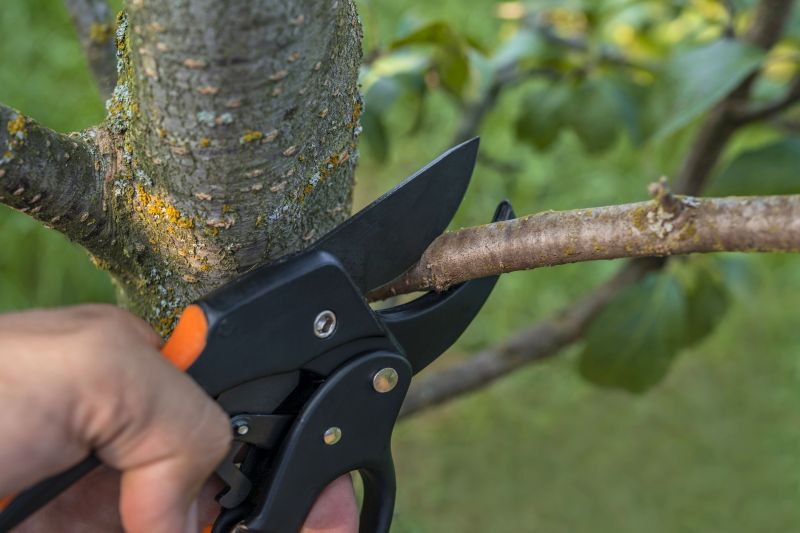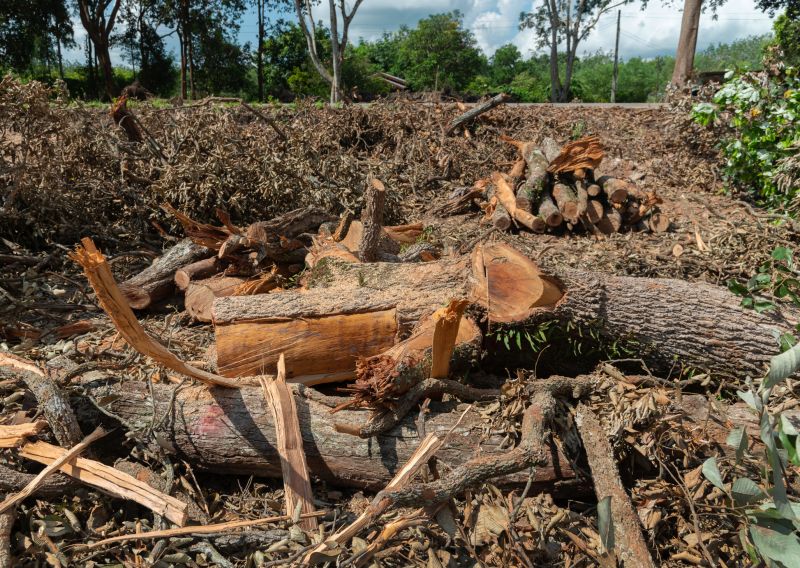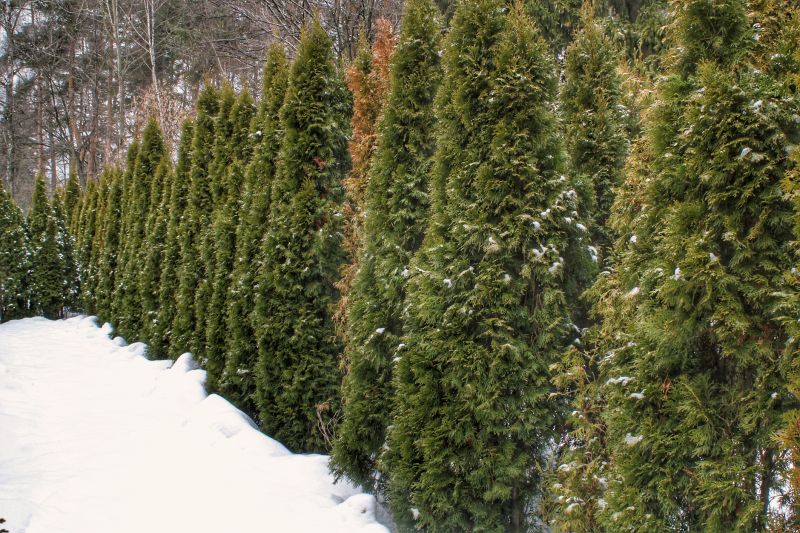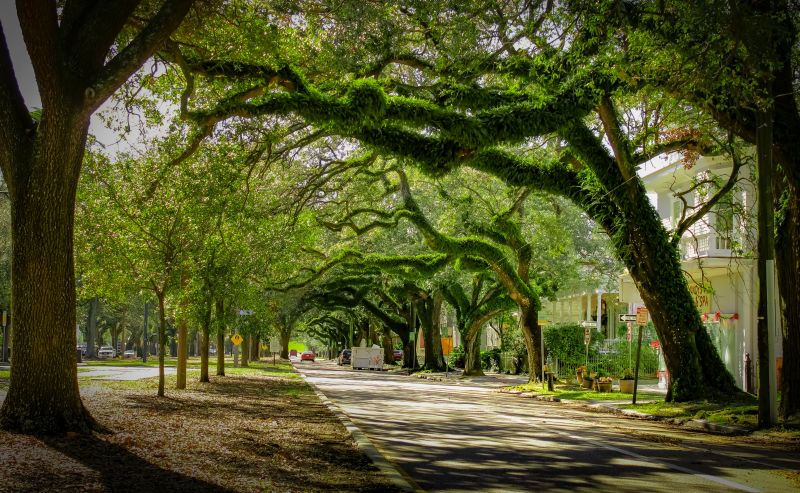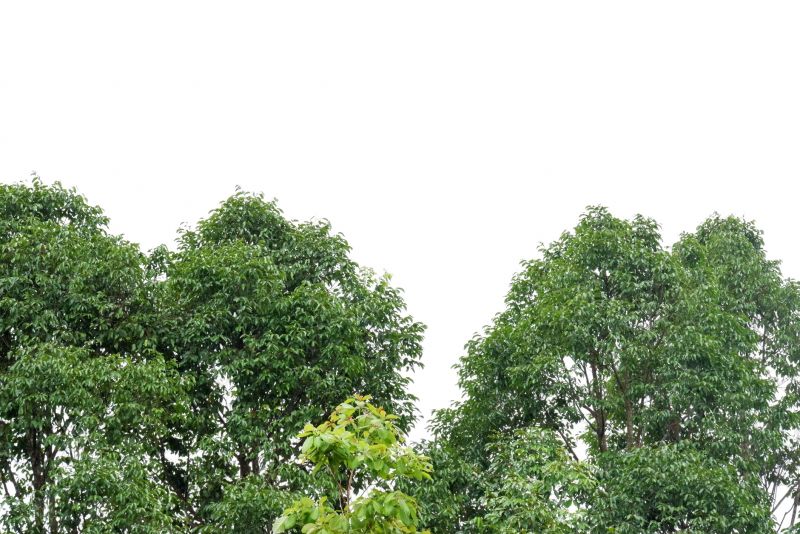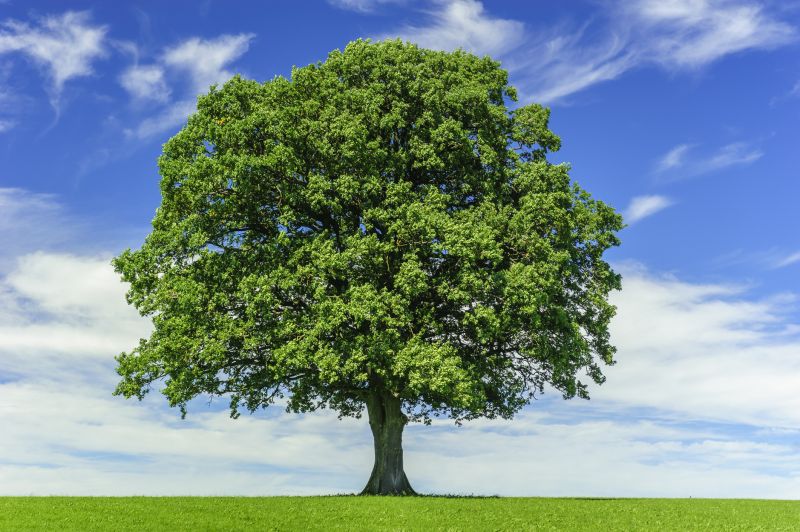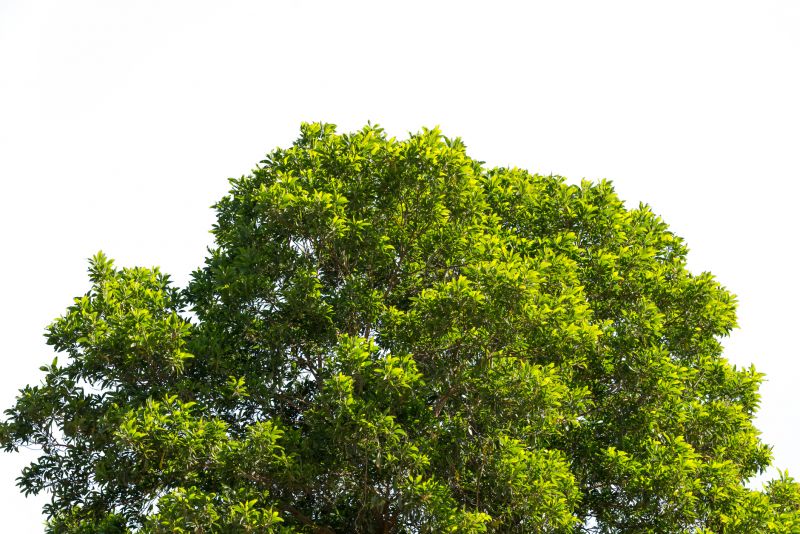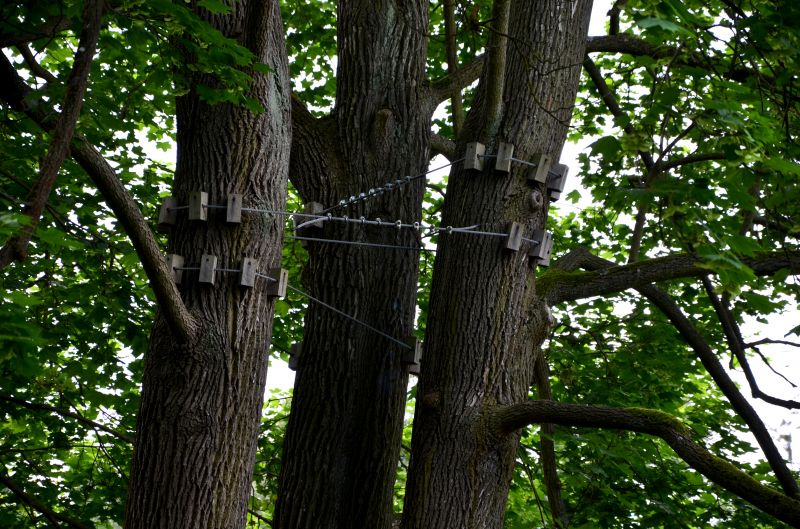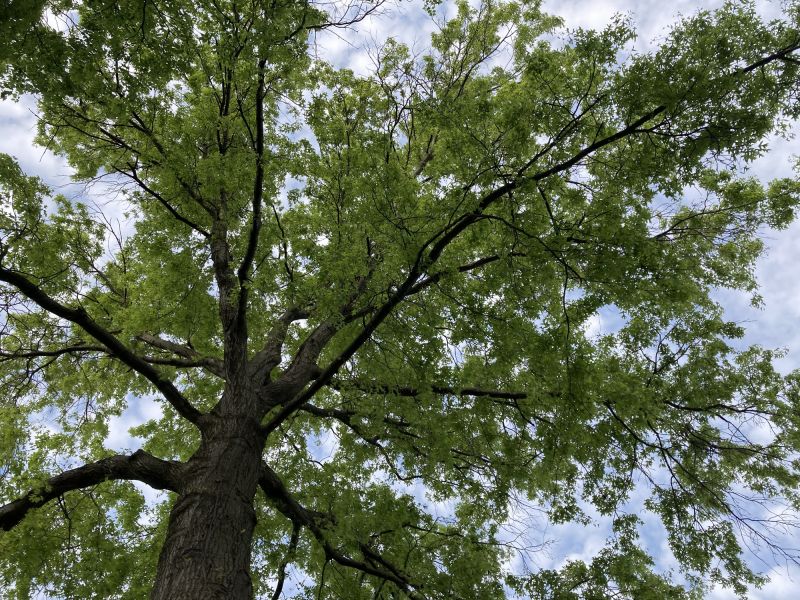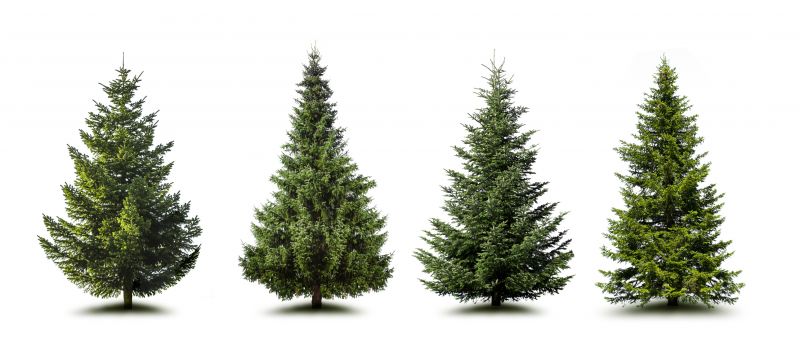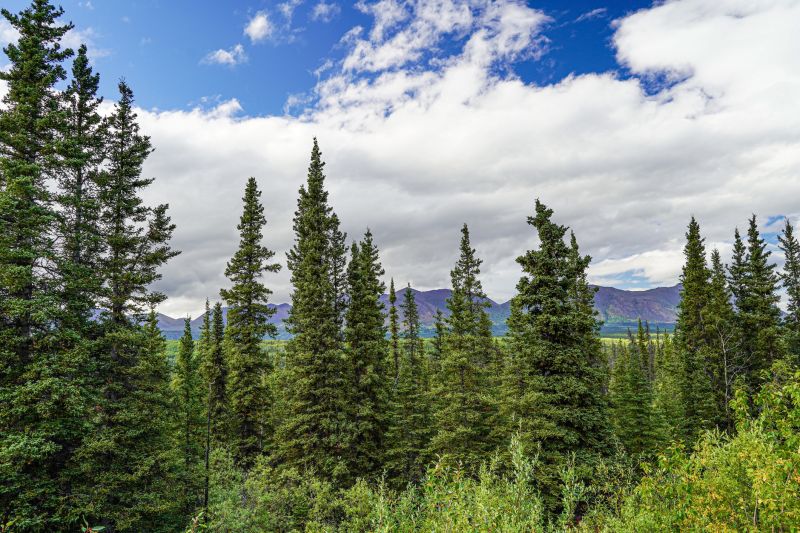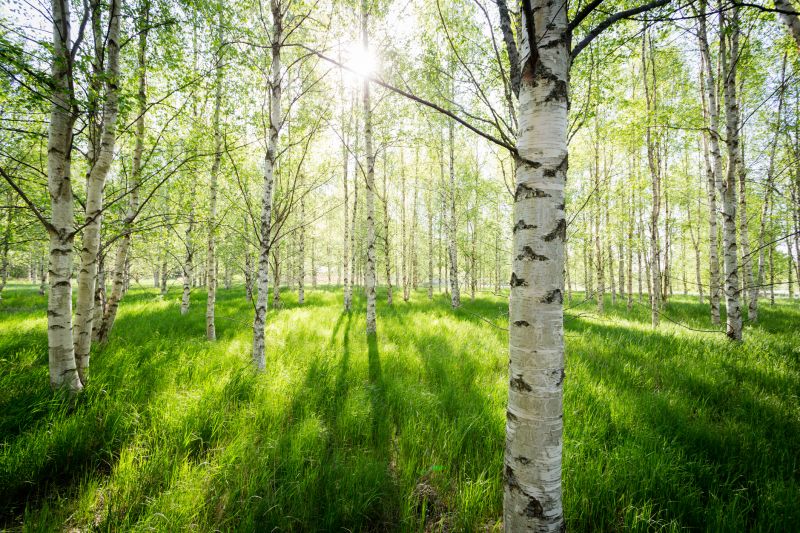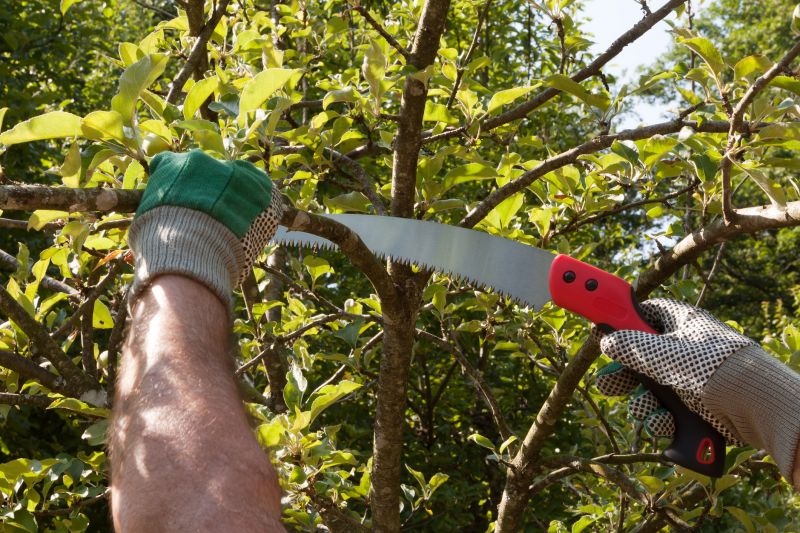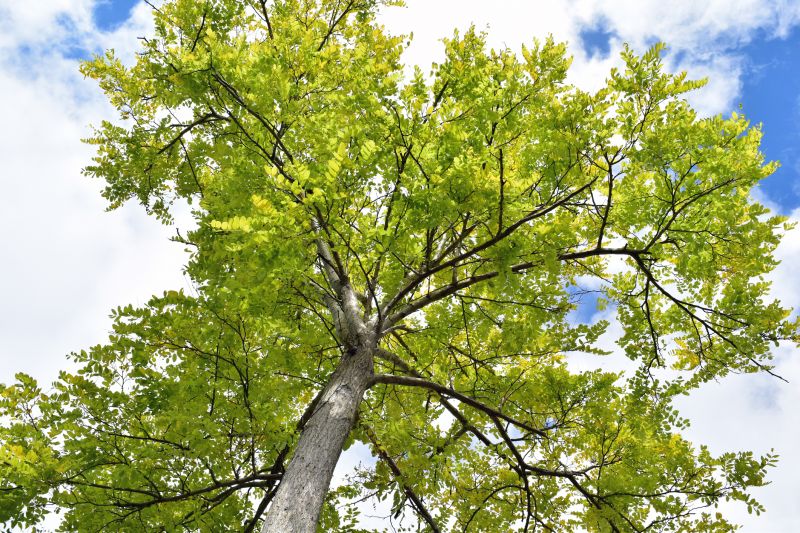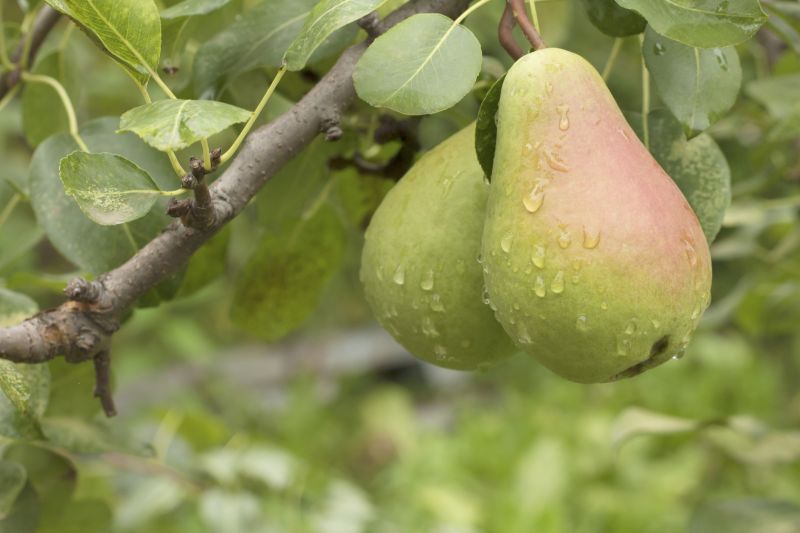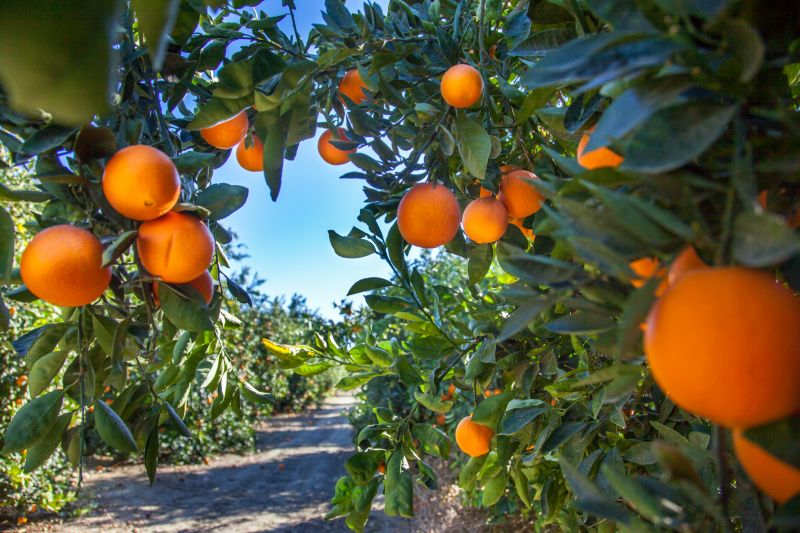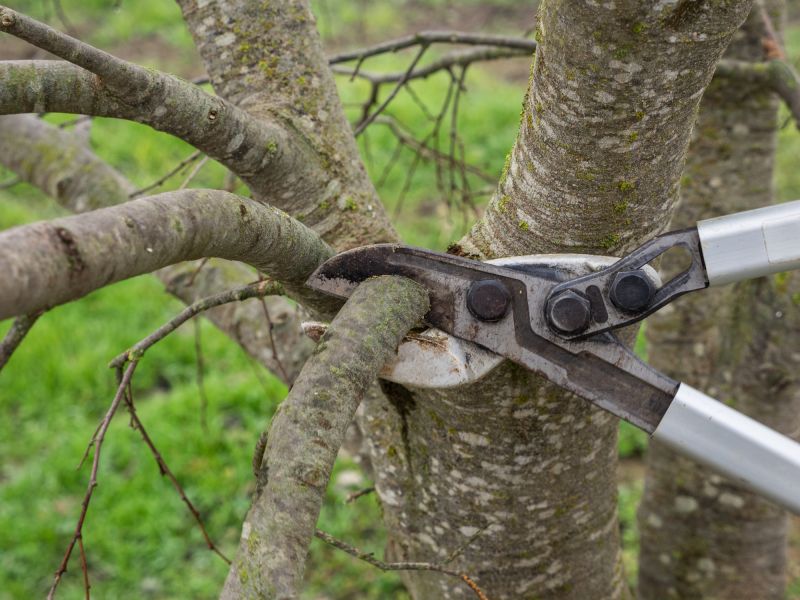
Tree Crown Thinning | How To
Get help with your tree crown thinning needs. Fill out the form above and we will connect you with local pros in your area. Tree crown thinning is a professional arboricultural technique aimed at improving the health and appearance of trees by selectively removing certain branches from the crown. This process involves carefully pruning and thinning out the branches, allowing more sunlight to penetrate through the foliage and encouraging better air circulation within the tree. By doing so, tree crown thinning helps to reduce the weight and density of the crown, minimizing the risk of branch failure during storms or high winds. Additionally, this method promotes the growth of new branches and foliage, enhancing the overall aesthetic appeal of the tree. With the expertise of trained arborists, tree crown thinning can be carried out efficiently and effectively, ensuring the long-term vitality of the tree.
How to Do Tree Crown Thinning
Tree crown thinning is an important process to maintain the health and aesthetics of your trees. Follow these steps to properly thin the crown of a tree:
Step 1: Assess the Tree
Before starting the crown thinning process, carefully assess the tree to determine if it requires thinning. Look for signs of overcrowding, dead or damaged branches, and overall balance of the crown.
Step 2: Gather the Necessary Tools
Make sure you have the right tools for the job. You will need a pair of pruning shears, loppers, and a pruning saw. Ensure that your tools are sharp and clean to make clean cuts and prevent the spread of diseases.
Step 3: Identify Branches to Remove
Identify the branches that need to be removed. Focus on removing dead, diseased, or crossing branches. Also, remove any branches that are growing too close to the trunk or those that are causing imbalance in the crown.
Step 4: Start Thinning the Crown
Begin by removing the selected branches one at a time. Start with the smaller branches using pruning shears or loppers. Cut them close to the branch collar, which is the swollen area where the branch meets the trunk or larger branch.
For larger branches, use a pruning saw to make a clean and precise cut. Make sure to use proper pruning techniques to avoid damaging the tree.
Step 5: Maintain Crown Balance
While thinning the crown, it is important to maintain the overall balance and shape of the tree. Avoid removing too many branches from one side, as it can lead to an imbalanced crown.
Step 6: Dispose of Removed Branches
Properly dispose of the removed branches. You can either cut them into smaller pieces for composting or dispose of them as green waste according to your local regulations.
Step 7: Monitor the Tree
After thinning the crown, monitor the tree's growth and health. Regularly inspect the tree for any signs of new growth, diseases, or pests. Provide necessary care and maintenance to ensure the tree's long-term health.
By following these steps, you can effectively thin the crown of a tree, promoting better air circulation, reducing the risk of diseases, and enhancing its overall appearance.

